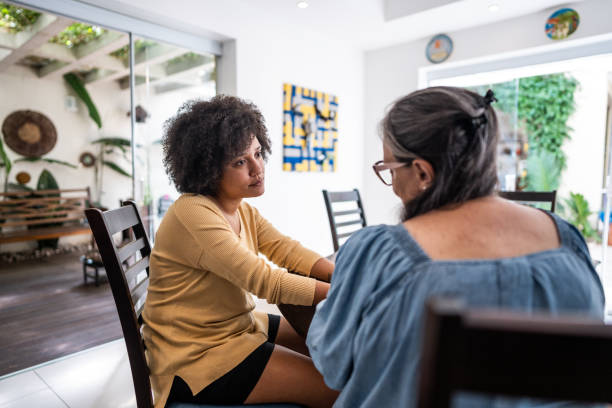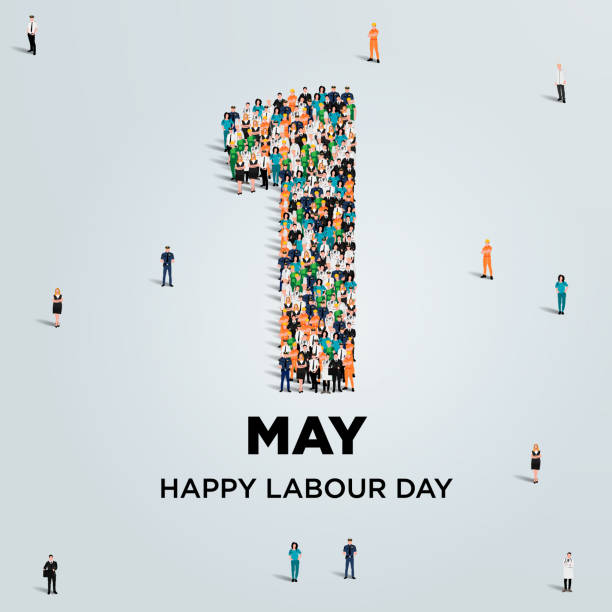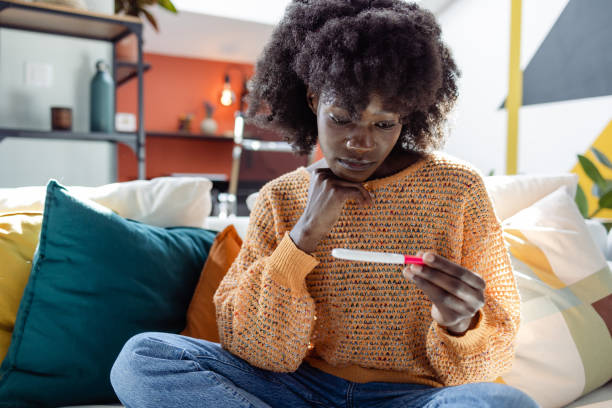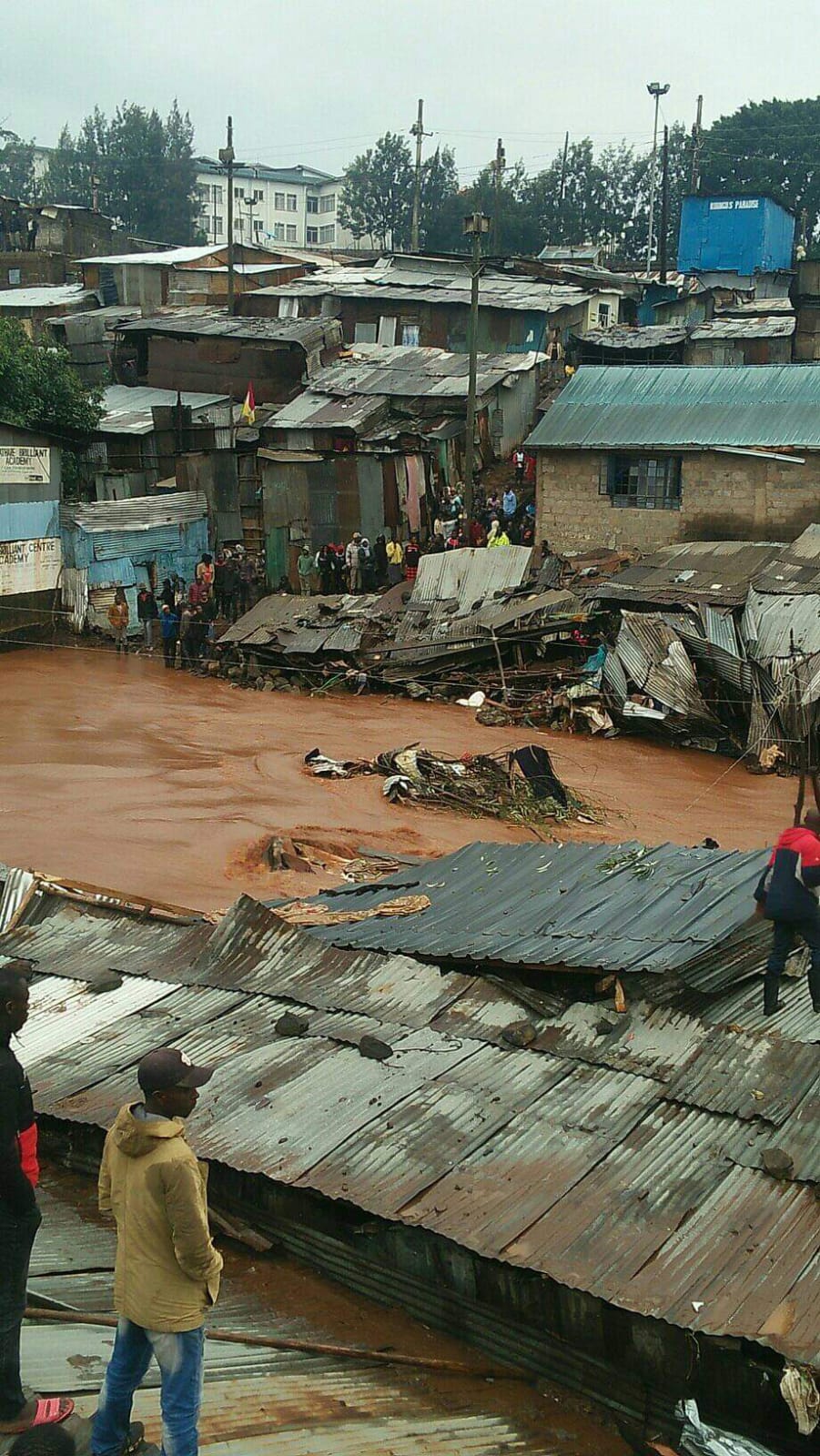JANE FRANCES ANGALIA: Courageously walking the cancer journey
Our survivor this month is a picture of health and radiance. Looking at her, one would be forgiven for assuming she is as fit as a fiddle. But beneath
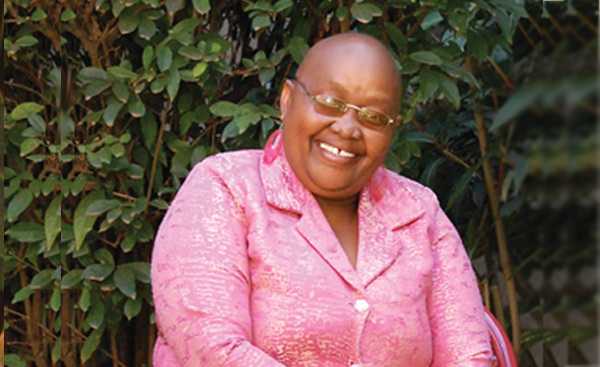

Our survivor this month is a picture of health and radiance. Looking at her, one would be forgiven for assuming she is as fit as a fiddle. But beneath
the ebullience and charming personality is a valiant woman battling cancer. After being diagnosed with breast cancer at the age of 48, Jane Angalia chose to spend her time recovering and part of it giving hope to fellow cancer patients. She is also keen on creating awareness about the scourge. WANGARI MWANGI caught up with her.
It was in 1981 when Jane Angalia, then a sophomore at Precious Blood High School in Riruta, was recommended for further breast examination. A routine back-to school medical check-up by the school nurse had singled her and two other schoolmates after suspicious lumps were found in their breasts. A trip to the school hospital cleared her of cancer, much to her relief.
The cancer topic was not revisited until 2006 when Jane developed uterine fibroids that had to be removed. She had suffered a series of painful menses and uncontrolled bleeding only for the doctor to discover that fibroid tumours had been growing in her uterus. Jane’s fear was that there was a link between cancer and fibroids and so she made it a point to have
an ultra sound scan of her uterus every year to check if the fibroids had cleared, and also to look out for ovarian cancer.
“Once you have had fibroids, your fears of cancer become elevated. The fibroids recurred in 2009 and I went in for another operation to remove them. The issue of cancer resurfaced at this point and I became keen on doing more self breast examinations just to be sure,” she says.
Fast-forward to 2013. Jane was concluding her doctorate degree at the Jomo Kenyatta University of Agriculture and Technology when she developed health issues. She started to experience numbness in her left arm accompanied by swelling of the lymph nodes under her armpits. She says she attributed these new developments to the many hours she had dedicated to her studies and she even thought it was due to the long hours she spents on the computer.
“My left hand became weak and the lymph nodes of my left armpit would swell. I shared this with my family and friends who asked me to change my anti-perspirant and body lotion. I also ceased wearing synthetic fabrics due to suspicion that the swelling was as a result of heat retention. Never at one point did I imagine it was cancer,” she says adding that she self-prescribed creams that seemed to ease the itch.
The diagnosis…
Self-medication worked in her favour until January 2014 when the pain became unbearable. The swelling in her lymph nodes did not subside and were extremely itchy. Stunned by the turn of events, she underwent a series of blood tests at various hospitals in Nairobi. Unfortunately, none of these tests were conclusive.
Her last decision was to consult a radiologist who she hoped would shed light on her condition. Besides recommending an ultra sound scan for her swollen lymph nodes, the radiologist also performed breast examination, which resulted in the discovery of a lump in Jane’s left breast.
“A doctor friend told me to rush to Cancer Care next to MP Shah Hospital for a Fine Needle Aspiration (FNA), a diagnostic procedure that is used to investigate superficial lumps under
the skin. The diagnosis revealed that the mass underneath my breast was cancerous,” recalls Jane adding that the results confirmed her worst fears: she had breast cancer.
More sad news awaited her. Several other tests among them a mammogram (breast X-ray), CT scan, chest X-ray and a co-biopsy (used to stage cancer) showed that Jane’s cancer was at the penultimate stage. By this time, her breast had swollen and it had pink spots that resembled boils. According to the pathologists and cancer experts at Aga Khan Hospital, her treatment would start with chemotherapy, then would be followed by removal of the lump and the final treatment would be a session of radiotherapy (a treatment that kills any remaining cancer cells).
“From the analysis, the doctors told me that the cancer was genetic and since it was the invasive type of cancer, its rate of growth was high. He also mentioned that the FNA and co-biopsy had also disturbed the growth meaning that it would multiply very fast and that was why I had to undergo chemotherapy to halt its growth,” she says.
As expected, she shared this information with her family and it was then that she learnt that her maternal grandmother had succumbed to cancer while her grandfather had died of prostrate cancer. This prompted her four siblings to take up cancer screening, which turned negative.
Coping with drastic changes…
Jane found consolation in prayers. She also took leave from her studies and lecturing job to enable her concentrate on seeking treatment. Jane says that it was in the course of this search that she realised how ill equipped and expensive most hospital facilities were. She also found out that due to desperation, some cancer patients are quick to settle for the wrong treatment that at times worsens their conditions.
“There are quacks out there who will advise you to get the tumour or growth removed so that they can get their money. After this, some people wait for up to two years before they can begin their chemo sessions, this is where many lives are lost. This was a learning curve because it was during this process of searching for a hospital that I learnt that cancers are treated differently,” Jane offers insight on the state of cancer treatment in the country.
Although it was expensive, she signed up for six chemo sessions at the Aga Khan Hospital. After the first chemotherapy session, the adverse effects of the drugs started to show. Her shoulder-long black hair started to fall off faster than she could imagine. Her nails and skin became dark, she was constantly fatigued and sweaty, and had no appetite.
“During chemotherapy, a lot of toxins in the form of medicine are injected into your system in order to suppress the cancer cells. Good cells die in the same process so your body is left without immunity. This means you must detoxify and eat foods that boost your immunity after every session,” says Jane.
Part of the unexpected change was bursting of some of her nodes, which saw her go back to hospital to prevent infection. “The chemo was so strong that by the end of my third session, the 10 cm lump under my breast had already disappeared. This changed my treatment plan and I had to go for surgery earlier than had been planned. I underwent surgery on November 7, 2014 to confirm if the tumor had completely disappeared and also remove any remaining nodes,” Jane explains. Jane’s medical report released a
week after her operation revealed that the lump had disappeared. She would, however, finish all her chemo sessions to completely prevent further growth of cancer cells.
The final straw…
Coincidentally, on February 4, a day set aside to mark World Cancer Day, Jane took her last chemotherapy injection and also made time to share her story in our offices. She still has a third journey to make – of radiotherapy, in March and April this year.
“My family and friends have stuck by me since 2013 and they came through for me financially. I am still counting on their support in the last stretch of my radiotherapy treatment. After April, my doctors will advise on long-term preventive treatment plans but I believe I am healed,” she says.
Having walked the cancer journey albeit for two years, and also being cognisant of the many challenges that cancer patients experience, Jane says that it is the responsibility of everyone to take a proactive approach to the fight against cancer. “I am not surprised that at this day and age of information technology people still believe that cancer is contagious. It is sad that cancer patients have to come all the way to Nairobi to access facilities or even wait for two years for a radiotherapy session. The first step to helping cancer patients is highlighting the existence of solutions to cancer and making them available,” she says.
Besides these, she emphasises on the need to launch campaigns that promote early detection, treatment and care. It is for this reason that she sets aside time to visit cancer patients every week to encourage them on their journey to recovery. She also reaches out to churches and schools with the hope of encouraging as many people as possible to go for cancer screening. She is also in the process of setting up Facebook and twitter accounts that will help her share information about cancer, treatment and prevention.
“Providing information about cancer to as many people as I can is my small contribution towards fighting cancer. I don’t believe that cancer is beyond us,” she says as we light a pink candle to commemorate all those who’ve lost their lives to cancer.
Published in March 2015


